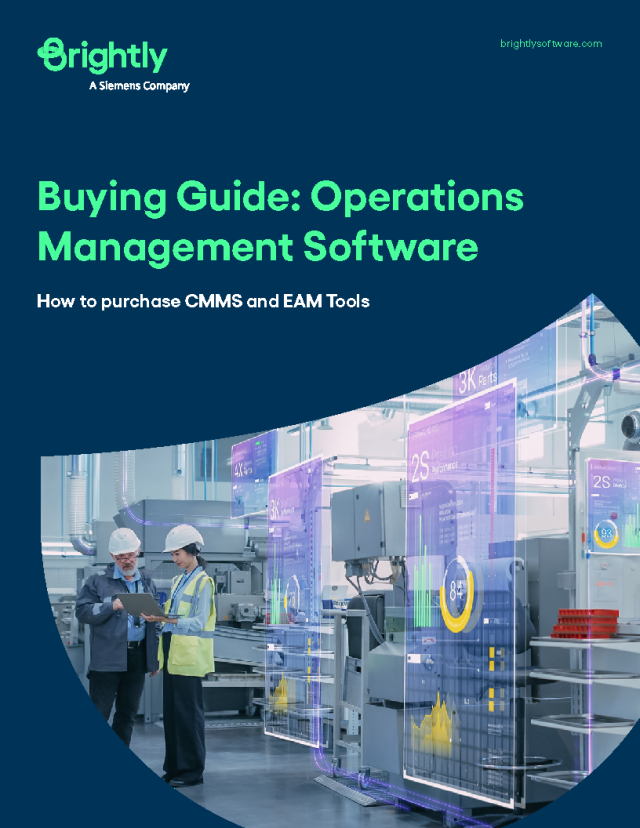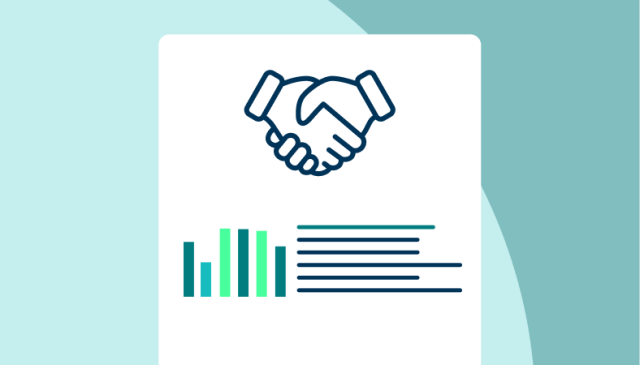Choosing the right maintenance software is about more than just ticking boxes—it’s about building a future-proof strategy for your organization. With so many options, how do you find a solution that integrates seamlessly into your operations while supporting long-term growth?
Download our CMMS and EAM Buyer's Guide to learn the six critical questions you should ask when evaluating maintenance software. From assessing software capabilities to understanding hidden costs and ensuring smooth implementation, this guide will equip you to make informed decisions.
Take the first step toward creating a truly automated, cost-effective, and secure maintenance ecosystem. Download the guide today and discover how the right software can transform your operations!




